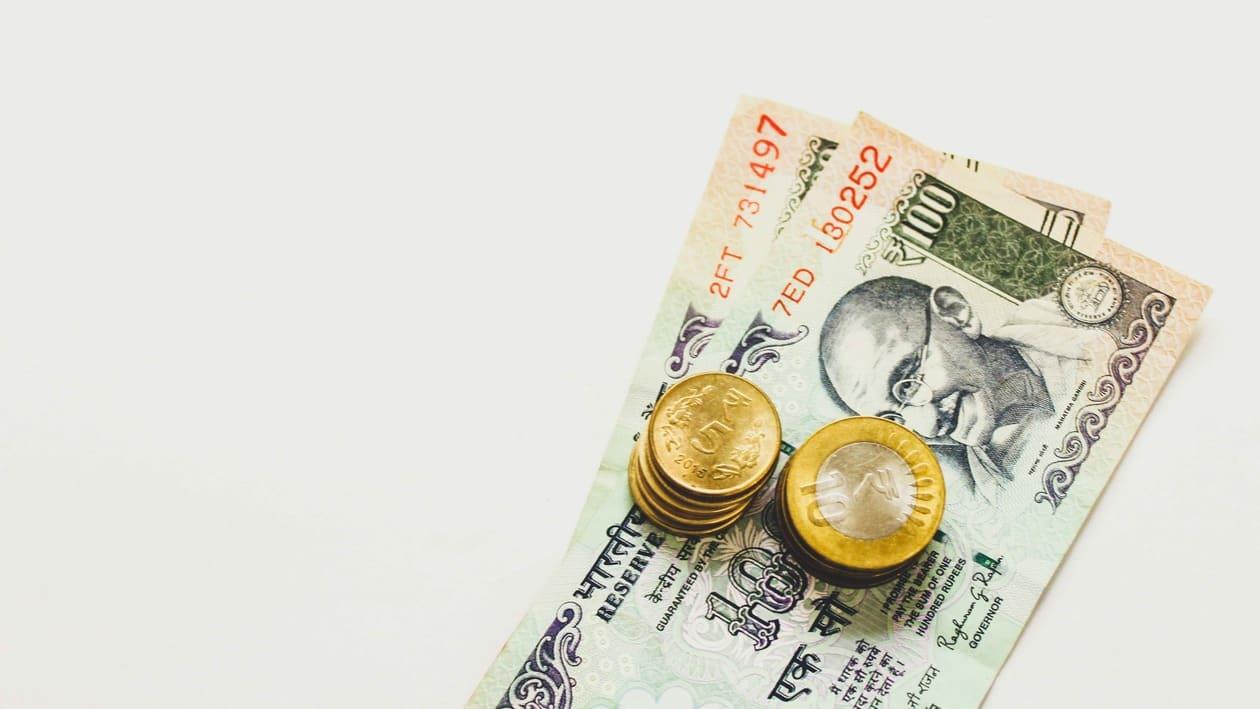As rational people, we like to make decisions that benefit us. So when it comes to saving money, we want to earn as much interest as possible on our deposits. In today’s world, where banks are increasing the interest rates on their savings accounts, you might be tempted to find a savings account that pays the highest interest rate.
However, the interest rate is not the only consideration when choosing a savings account.
Let us see what you can do.
What’s the purpose of your savings account?
Before you chase after high-interest savings accounts, it’s essential to understand the purpose of a savings account. Savings accounts are typically used as a means to keep the money that is required for our day-to-day expenses.
Moreover, you might use a savings account to park your emergency fund. So if you use your savings account for daily needs, opening a new savings account probably isn’t practical. But if you’re planning to build an emergency fund in another account, a high-interest savings account might help you start saving and investing.
How many savings accounts do you have?
Having too many savings accounts can be a burden. You need to maintain the minimum average balance of each account. So, if you already have three or more savings accounts and think opening another high-interest account would be beneficial, think again. You might have linked your investment account to one of your savings accounts, so before you close one, make sure to move any automatic-payment options linked to it first.
The interest rate structure
The interest rate that banks offer on their savings account may have a tiered structure. This means that the bank will offer a different interest rate on your deposits.
Tiered-rate bank accounts usually offer higher interest rates for more significant balances to encourage customers to save and stay with the bank.
For instance, if a bank pays 3.50% on daily balances up to Rs.10 lakh and 4.50% on daily balances above Rs.10 lakhs and up to Rs.1 crore, then if you have Rs.11 lakhs in your savings account, Rs.10 lakhs will fetch an interest rate of 3.50%. At the same time, the remaining Rs.1 lakh will only be applicable for a higher interest rate.
In a situation like this, only a part of your money might be applicable for a higher interest rate even if you have saved a considerable amount in your savings account.
So, when you hear news of a bank increasing their savings account, it is essential to check the details of the increase in interest rate.
Other points to look for in a savings account that offers a higher interest rate
A high-interest savings account might be an attractive feature, but it shouldn’t be the only factor you should consider.
Typically, small finance banks offer higher interest on savings accounts to attract customers and increase their loan books. However, putting money in a small finance bank might be riskier compared to big banks. Hence, it won’t be wise to put all your money in one savings account to get a high-interest rate. You might keep a percentage of your money in a small finance bank offering higher interest rates.
Another aspect that you need to check is the monthly average balance. The bank will deduct some charges towards the non-maintenance of the minimum average balance if you cannot maintain it.
Most large banks that offer high-interest rates have a higher minimum average balance. For instance, IDFC First Bank offers 6% interest on savings account balances above Rs. 10 lakhs. The average balance requirement of the savings account is Rs.25,000.
Moreover, banks have a minimum initial deposit that you need to deposit when opening a new bank account.
Moreover, the charges for taking the various facilities will also vary among banks. Hence, it is vital to look at the charges of the new bank before opening a new account.
Conclusion
In the current scenario, where many banks have increased their savings and fixed deposit interest rate, you might be tempted to switch to a new high-interest savings account. However, before doing that, it is crucial to understand the objective of your savings account, the number of savings accounts you have and the different points you need to check before opening a new account.
Opening a new high-interest account might be inefficient if you already have multiple savings accounts. You can look at a liquid fund with instant redemption if you want a higher return on your money with easy liquidity.
Moreover, it is important to know that interest earned on savings accounts is taxed. Section 80TTA of the Income Tax lets you deduct up to 10,000 in interest from a savings account. Any interest earned on top of this is taxed at the rate for that slab.
Padmaja Choudhury is a freelance financial content writer. With around six years of total experience, mutual funds and personal finance are her focus areas.
